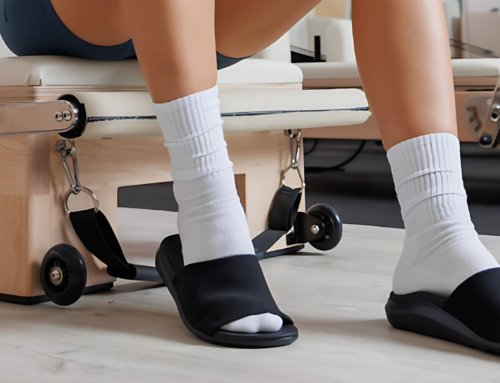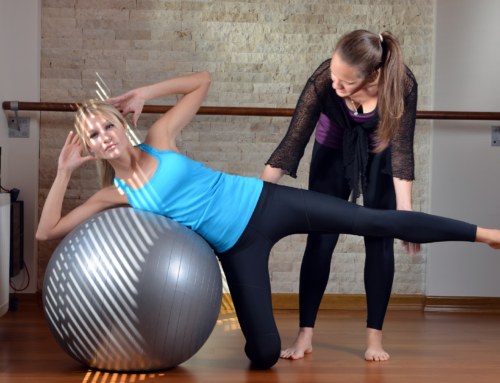Runner’s knee, also known as patellofemoral pain syndrome (PFPS), is a common ailment that affects runners and athletes, as well as individuals with active lifestyles. It’s characterized by pain around or behind the kneecap, especially during activities that involve bending the knee, like running, squatting, or climbing stairs. If you’ve experienced this frustrating condition, you’re not alone. In this comprehensive guide, we’ll delve into the causes, risk factors, symptoms, and various treatment options for runner’s knee. Armed with this knowledge, you can better understand the condition and take proactive steps to alleviate pain, recover, and resume your active lifestyle.
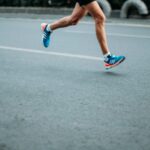
Understanding Runner’s Knee
Causes and Risk Factors
Runner’s knee typically occurs when there is irritation or misalignment of the kneecap (patella) within the groove of the thigh bone (femur). While the exact causes can vary from person to person, several common factors contribute to the development of runner’s knee:
- Overuse: Excessive or repetitive stress on the knee joint, such as long-distance running or frequent squatting, can lead to overuse injuries.
- Muscle Imbalances: Weakness or imbalances in the thigh muscles (quadriceps) or hip muscles can disrupt proper patellar alignment, increasing the risk of pain.
- Biomechanical Issues: Abnormalities in the way the knee moves, such as pronation (inward rolling) of the foot, can affect patellar tracking and contribute to the condition.
- Poor Footwear: Worn-out or improper footwear with inadequate support can exacerbate knee pain in runners.
- Previous Injuries: Past knee injuries, like ligament sprains or meniscus tears, can predispose individuals to runner’s knee.
- Flat Feet: Individuals with flat feet may be at a higher risk due to altered biomechanics.
Symptoms of Runner’s knee
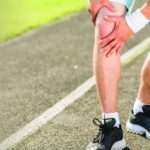
Runner’s knee typically manifests as a dull, aching pain around or behind the kneecap. The pain may be exacerbated by activities like running, walking downstairs, sitting with bent knees for extended periods, or squatting. Other common symptoms include:
- Swelling around the knee
- A popping or grinding sensation when moving the knee
- Pain after prolonged periods of inactivity, such as sitting at a desk or watching a movie
- A feeling of instability or weakness in the knee
It’s important to note that the intensity and frequency of symptoms can vary among individuals. Some may experience mild discomfort, while others may be sidelined by severe pain.
Treatment and Management Options for Runner’s knee
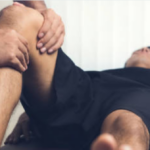
Rest and Ice
The initial response to runner’s knee often involves the R.I.C.E. protocol:
- Rest: Reduce or temporarily halt activities that exacerbate pain to allow your knee to heal.
- Ice: Apply ice to the affected area for 15-20 minutes every few hours to reduce inflammation and numb pain.
- Compression: Wearing a knee brace or bandage can provide support and reduce swelling.
- Elevation: Elevating the leg when at rest can further reduce swelling.
Physiotherapy
Physical therapy is a cornerstone of runner’s knee treatment. A trained physical therapist can design a personalized exercise program to strengthen the quadriceps, hamstrings, and hip muscles. These exercises help correct muscle imbalances and improve patellar tracking. Additionally, therapists may employ techniques such as joint mobilization and soft tissue massage to enhance knee joint mobility.
Orthotics and Proper Footwear
For individuals with biomechanical issues or flat feet, custom orthotic inserts or supportive footwear can help improve alignment and reduce stress on the knee joint. Podiatrists and orthopedic specialists can provide recommendations and assessments.
Anti-Inflammatory Medications
Over-the-counter non-steroidal anti-inflammatory drugs (NSAIDs), such as ibuprofen, can help reduce pain and inflammation. However, it’s essential to use them under the guidance of a healthcare professional and for short-term relief.
Patellar Taping
Taping techniques, such as McConnell taping, can be used by Physiotherapists to temporarily realign the patella and alleviate pain during activities. A physical therapist or athletic trainer can demonstrate and teach you how to apply these techniques correctly.
Lifestyle Modifications
Preventing runner’s knee often involves making lifestyle adjustments. This may include reducing high-impact activities, cross-training with lower-impact exercises like swimming or cycling, and paying attention to your body’s cues. Proper warm-up and cool-down routines are essential, as is wearing suitable footwear for your activities.
Prevention and Long-Term Management
Preventing runner’s knee is crucial for athletes and active individuals. Here are some strategies to help reduce your risk:
- Gradual Progression: Avoid sudden increases in training intensity or duration. Gradually build up your mileage and workout intensity.
- Strength Training: Incorporate regular strength training exercises that focus on the quadriceps, hamstrings, and hip muscles to maintain balance and stability.
- Stretching and Flexibility: Stretch regularly to maintain good flexibility, especially in the quadriceps, hamstrings, and calf muscles.
- Proper Footwear: Invest in well-fitting, supportive athletic shoes suitable for your activity.
- Orthotic Inserts: Consider custom orthotic inserts if you have biomechanical issues or flat feet.
- Listen to Your Body: Pay attention to early signs of discomfort and pain. If you experience knee pain, rest and seek medical advice.
Runner’s knee is a common challenge for active individuals, but it doesn’t have to derail your fitness journey. By understanding its causes, recognizing the symptoms, and pursuing appropriate treatment and prevention strategies, you can manage and even overcome runner’s knee. Remember that patience and consistency in your rehabilitation and preventive measures are key. Consult with healthcare professionals, such as physical therapists and orthopedic specialists, to develop a personalized plan that will help you get back on track to a pain-free and active lifestyle.


